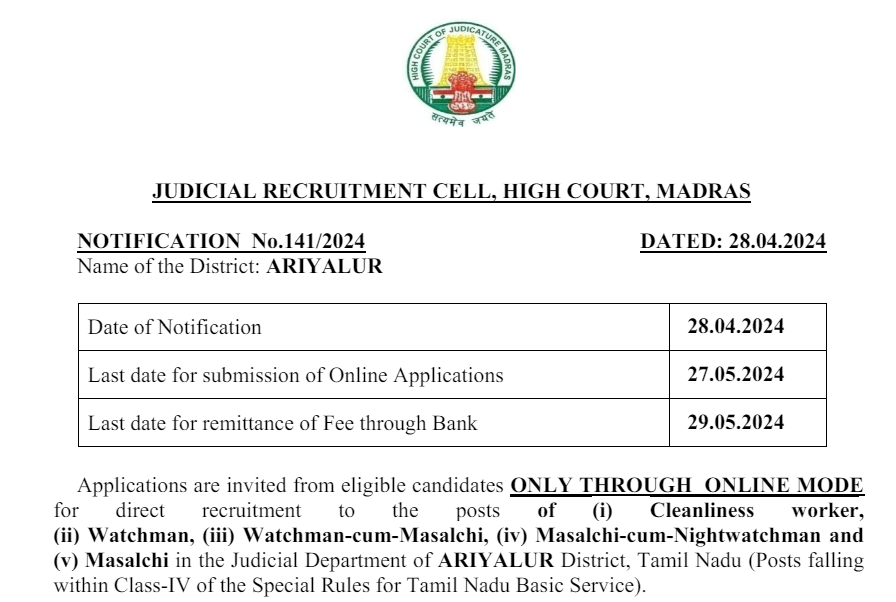Fluid Mechanics 1

Category –EE Online Test
Telegram-Join Us On Telegram
Attempt Free Fluid Mechanics 1 Here. Read The Important Electrical MCQ From Below.
1) Shear stress in a turbulent flow is given by the formula τ = η (du / dy) Where η (eta) is,
a. eddy viscosity
b. apparent viscosity
c. virtual viscosity
d. all of the above
ANSWER: all of the above
2) Magnitude of eddy viscosity for laminar flow is
a. less than zero
b. zero
c. greater than zero
d. unpredictable
ANSWER: zero
3) Kinematic eddy viscosity (ε) is the ratio of
a. eddy viscosity (η) to dynamic viscosity (μ)
b. eddy viscosity (η) to kinematic viscosity (ν)
c. kinematic viscosity to eddy viscosity (η)
d. eddy viscosity (η) to mass density (ρ)
ANSWER: eddy viscosity (η) to mass density (ρ)
Fluid Mechanics 1
4) Friction factor for laminar flow is given by
a. (Re /64)
b. (64 / Re)
c. (Re / 16)
d. (16 / Re)
ANSWER: (64 / Re)
5) What is temporal mean velocity?
a. The average of velocities at a point over a certain period of time
b. The average of velocities of a single particle over different locations in a fluid flow
c. None of the abov
ANSWER: The average of velocities at a point over a certain period of time
6) The friction factor in fluid flowing through pipe depends upon
a. Reynold’s number
b. relative roughness of pipe surface
c. both a. and b.
d. none of the above
ANSWER: both a. and b.
7) What is the effect of change in Reynold’s number on friction factor in turbulent flow?
a. As the Reynold’s number increases the friction factor increases in turbulent flow
b. As the Reynold’s number increases the friction factor decreases in turbulent flow
c. change in Reynold’s number does not affect the friction factor in turbulent flow
d. unpredictable
ANSWER: As the Reynold’s number increases the friction factor decreases in turbulent flow
Fluid Mechanics 1
8) What is the formula for determining the size of equivalent pipe for two pipes of lengths L1, L2 and diameters d1, d2 respectively? Where,
L = L1 + L2
a. (L / d) = (L1 / d1) + (L2 / d2)
b. (L / d2 ) = (L1 / d12) + (L2 / d22)
c. (L / d3) = (L1 / d13 ) + (L2 / d23)
d. (L / d5) = (L1 / d15 ) + (L2 / d25)
ANSWER: (L / d5) = (L1 / d15 ) + (L2 / d25)
9) What is a syphon?
a. A long bend pipe used to carry water from a reservoir at a higher level to another reservoir at a lower level when two reservoirs are separated by a hill
b. A long bend pipe used to carry water from a reservoir at a lower level to another reservoir at a higher level with some work input when two reservoirs are separated by a hill
c. A long bend pipe used to carry water from one reservoir to another reservoir when two reservoirs are at same elevation
d. Unpredictable
ANSWER: A long bend pipe used to carry water from a reservoir at a higher level to another reservoir at a lower level when two reservoirs are separated by a hill
10) The highest point of syphon is called as
a. syphon top
b. summit
c. reservoir
d. none of the above
ANSWER: summit
Fluid Mechanics 1
11) Match the following physical quantities in Group 1 with their dimensions in Group 2.
1. Work done (Energy) (W) —————————– A. [M L 2 T – 3 ]
2. Power (P) ———————————————— B. [M L – 1 T – 1 ]
3. Momentum (M) —————————————- C. [M L 2 T – 2 ]
4. Modulus of elasticity (E) —————————– D. [M L T – 1 ]
5. Dynamic viscosity (μ) ——————————— E. [M L – 1 T – 2 ]
a. 1-(C), 2-(A), 3-(D), 4-(E), 5-(B)
b. 1-(A), 2-(C), 3-(D), 4-(E), 5-(B)
c. 1-(C), 2-(A), 3-(E), 4-(B), 5-(D)
d. 1-(D), 2-(E), 3-(B), 4-(A), 5-(C)
ANSWER: 1-(C), 2-(A), 3-(D), 4-(E), 5-(B)
12) Which of the following equations is not dimensionally homogeneous?
Consider standard symbols for quantities.
a. (Force) F = m x a
b. (Head Loss due to friction) hf = (f L V2) / (2 g d)
c. (Torque) T = F x Distance
d. None of the above
ANSWER: None of the above
13) Which of the following is a dimensionless equation?
a. Reynold’s equation
b. Euler’s equation
c. Weber’s equation
d. All of the above
ANSWER: All of the above
Fluid Mechanics 1
14) Which of the following number is applicable in open hydraulic structure such as spillways, where gravitational force is predominant?
a. Reynold’s Number
b. Euler’s Number
c. Weber’s Number
d. Froude’s Number
ANSWER: Froude’s Number
15) Square root of the ratio of inertia force to elastic force is called as
a. Mach’s Number
b. Cauchy’s Number
c. Both a. and b.
d. None of the above
ANSWER: Both a. and b.
16) Boundary layer thickness is the distance from the boundary to the point where velocity of the fluid is
a. equal to 10% of free stream velocity
b. equal to 50% of free stream velocity
c. equal to 90% of free stream velocity
d. equal to 99% of free stream velocity
ANSWER: equal to 99% of free stream velocity
Fluid Mechanics 1
17) The component of the total force exerted by fluid on a body in the direction parallel to the direction of motion is called as
a. lift
b. drag
c. both a. and b.
d. none of the above
ANSWER: drag
18) The sum of components of shear forces in the direction of flow of fluid is called as
a. shear drag
b. friction drag
c. skin drag
d. all of the above
ANSWER: all of the above
19) The body whose surface does not coincide with the streamline when places in a flow is called as
a. streamline body
b. wave body
c. bluff body
d. induced body
ANSWER: bluff body
Fluid Mechanics 1
20) Which type of body is an airfoil?
a. streamline body
b. wave body
c. bluff body
d. induced body
ANSWER: streamline body
21) Bulk modulus is the ratio of
a. shear stress to volumetric strain
b. volumetric strain to shear stress
c. compressive stress to volumetric strain
d. volumetric strain to compressive stress
ANSWER: compressive stress to volumetric strain
22) When is a liquid said to be not in a boiling or vaporized state?
a. If the pressure on liquid is equal to its vapour pressure
b. If the pressure on liquid is less than its vapour pressure
c. If the pressure on liquid is more than its vapour pressure
d. Unpredictable
ANSWER: If the pressure on liquid is more than its vapour pressure
23) One litre of a certain fluid weighs 8N. What is its specific volume?
a. 2.03 x 10– 3 m3/kg
b. 20.3 x 10– 3 m3/kg
c. 12.3 x 10– 3 m3/kg
d. 1.23 x 10– 3 m3/kg
ANSWER: 1.23 x 10– 3 m3/kg
Fluid Mechanics 1
24) What is the correct formula for absolute pressure?
a. Pabs = Patm – Pgauge
b. Pabs = Pvacuum – Patm
c. Pabs = Pvacuum + Patm
d. Pabs = Patm+ Pgauge
ANSWER: Pabs = Patm+ Pgauge
25) According to Archimede’s principle, if a body is immersed partially or fully in a fluid then the buoyancy force is _______ the weight of fluid displaced
by the body.
a. equal to
b. less than
c. more than
d. unpredictable
ANSWER: equal to
Fluid Mechanics 1














